How to Choose the Best Mist Sprinkler System for Your Garden
When it comes to maintaining a vibrant and healthy garden, selecting the right irrigation system is crucial. Among various options available, the Mist Sprinkler System has gained popularity due to its efficiency and effectiveness in providing moisture while minimizing water waste. According to the Irrigation Association, over 50% of water used in gardens is often wasted due to inefficient watering practices.
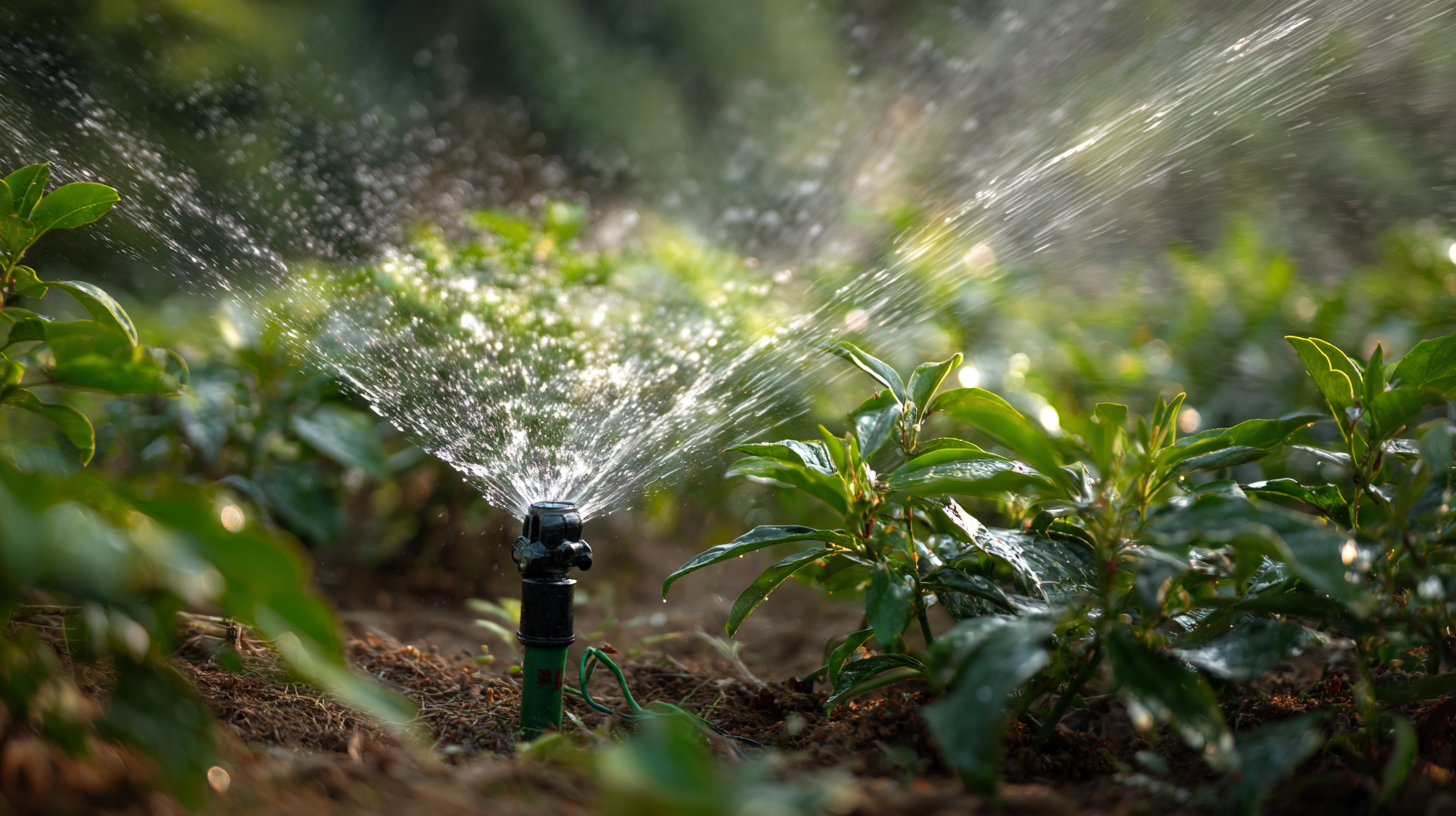
The proper choice of a mist sprinkler can significantly enhance water conservation—up to 40% compared to traditional systems—while ensuring that plants receive the optimal humidity levels they need to thrive. With advancements in technology, modern mist systems offer customizable settings that cater to specific plant requirements, making them an invaluable addition to any garden.
This guide will provide you with essential insights to help you choose the best Mist Sprinkler System tailored to your garden's unique needs.
Factors to Consider When Selecting a Mist Sprinkler System
When selecting the best mist sprinkler system for your garden, several key factors should be taken into account to ensure optimal performance and efficiency. First, consider the size of your garden—larger areas may require a more extensive system with multiple zones to provide even coverage, while smaller gardens might benefit from simpler options. Additionally, assess the water pressure available at your location; mist systems rely on a sufficient water supply to create a fine spray that evenly moisturizes plants without oversaturating or damaging them.
Another critical aspect is the type of plants you are growing. Different plants have varying moisture needs, and understanding these requirements can guide you in choosing a system that can be adjusted for specific zones or types of plants. Look for features such as adjustable spray heads or timers, which can help customize the watering schedule and adapt to changing weather conditions. Lastly, review the materials used in the mist sprinkler system; durable construction ensures longevity and reduces the need for frequent replacements, ultimately saving you time and money in the long run.
How to Choose the Best Mist Sprinkler System for Your Garden - Factors to Consider When Selecting a Mist Sprinkler System
| Factor | Description | Recommended Value |
|---|---|---|
| Water Pressure | The amount of pressure available in your water supply system. | 30-50 PSI |
| Misting Coverage Area | The total area the misting system can cover efficiently. | 300-1000 sq ft |
| Nozzle Type | Type of nozzles that disperse water vapor; affects mist quality. | Fog, Fine, and Coarse Nozzles |
| Durability | Material quality and resistance to environmental factors. | UV-resistant, Corrosion-resistant materials |
| Ease of Installation | Complexity of setup and installation process. | DIY friendly with clear instructions |
| Automation Options | Whether the system can be automated with timers or smart controllers. | Smart controller compatibility |
| Cost | The total cost of purchasing and installing the system. | $100 - $500 depending on features |
Types of Mist Sprinkler Systems Available for Garden Use
When selecting a mist sprinkler system for your garden, it's essential to understand the various types available. Mist sprinkler systems are designed to provide a gentle, even distribution of water, making them ideal for nurturing delicate plants or creating a humid environment for tropical species. Among the most popular options are portable misting kits, stationary sprinklers, and automated systems that can be programmed to run at specific times, ensuring optimal moisture levels without the need for constant monitoring.
Recent industry insights reveal that effective watering systems can reduce water consumption by up to 30% compared to traditional methods. This efficiency is particularly important as gardeners strive to maintain lush landscapes while adhering to sustainability practices. Furthermore, integrating mist sprinkler systems with smart technology allows for real-time adjustments and monitoring, maximizing both water efficiency and plant health. As reported, the best misting systems not only cater to environmental concerns but also have shown advancements in durability and ease of use, making them a valuable addition to any gardener's toolkit.
Benefits of Using Mist Sprinklers for Different Plant Types
Mist sprinklers are an excellent choice for various plant types, offering numerous benefits that enhance horticultural success. According to the American Society of Agricultural and Biological Engineers (ASABE), proper watering is crucial for plant health, and misting systems can reduce water consumption by up to 30% compared to traditional watering methods by delivering water more efficiently. This precision is particularly beneficial for delicate plants that are sensitive to over-saturation, as mist sprinklers provide just the right amount of moisture without drowning the roots.
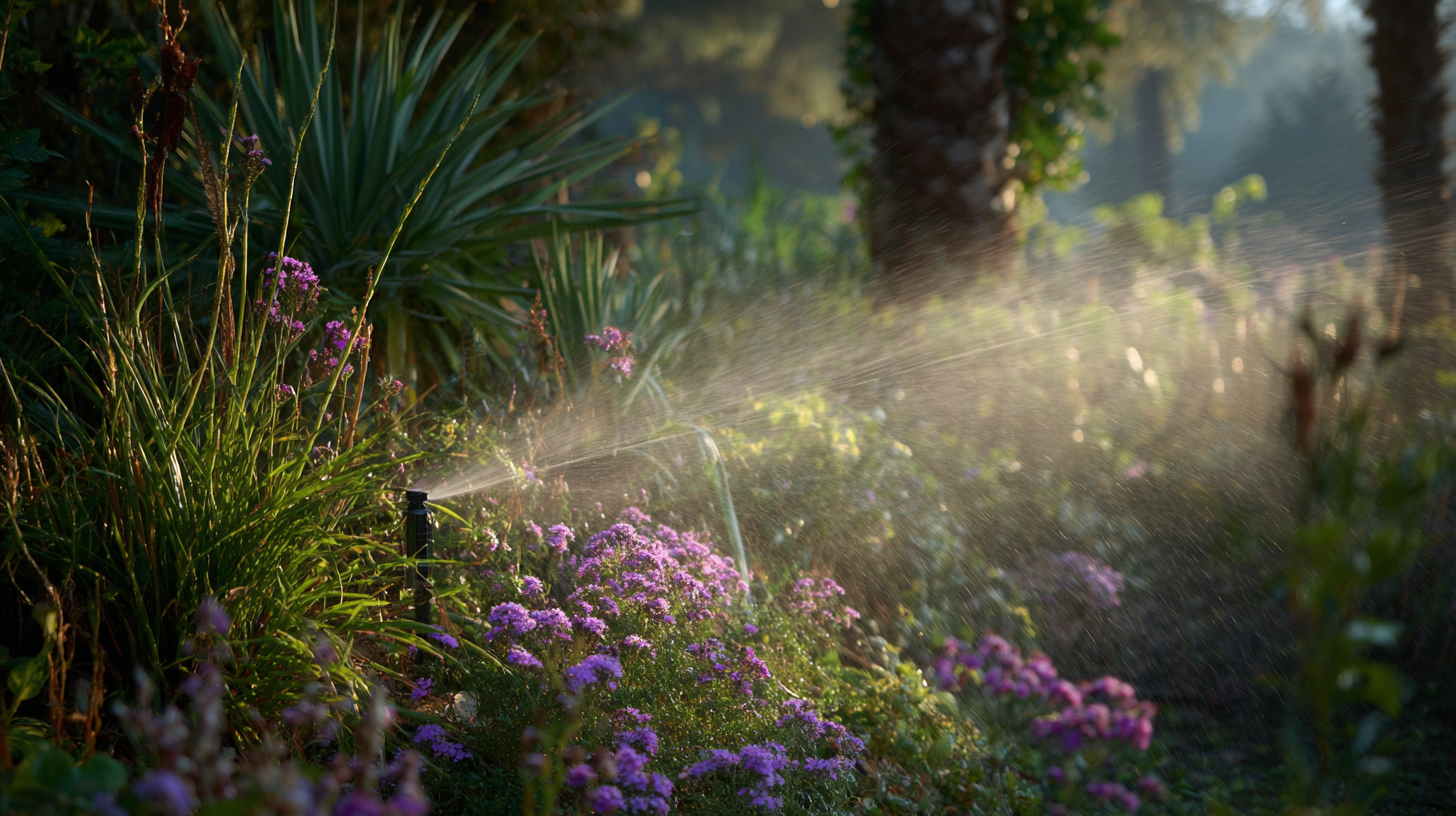
Different plant types respond uniquely to misting systems. For instance, tropical plants such as ferns and orchids thrive in high-humidity environments, making mist sprinklers an ideal choice for maintaining optimal conditions. A study from the Journal of Horticultural Science indicates that introducing mist systems can increase growth rates by up to 25% in humidity-sensitive crops. On the other hand, vegetable gardens, especially those with leafy greens, benefit from the consistent moisture that misting provides, reducing stress during dry spells and promoting healthier yields. Incorporating mist sprinklers into your garden not only enhances plant growth but also conserves water, making it a sustainable option for gardeners.
Installation Tips for Setting Up Your Mist Sprinkler System
When setting up a mist sprinkler system for your garden, proper installation is crucial to ensuring optimal performance and efficiency. One effective approach is to strategically place sprinkler heads based on the specific layout and size of your garden. Research shows that an average home garden requires around 0.5 to 1 inch of water per week, which can vary depending on plant types and weather conditions. By utilizing a smart controller, you can automate watering schedules and adjust them based on real-time data such as rainfall and temperature, helping to conserve water and lower overall costs.
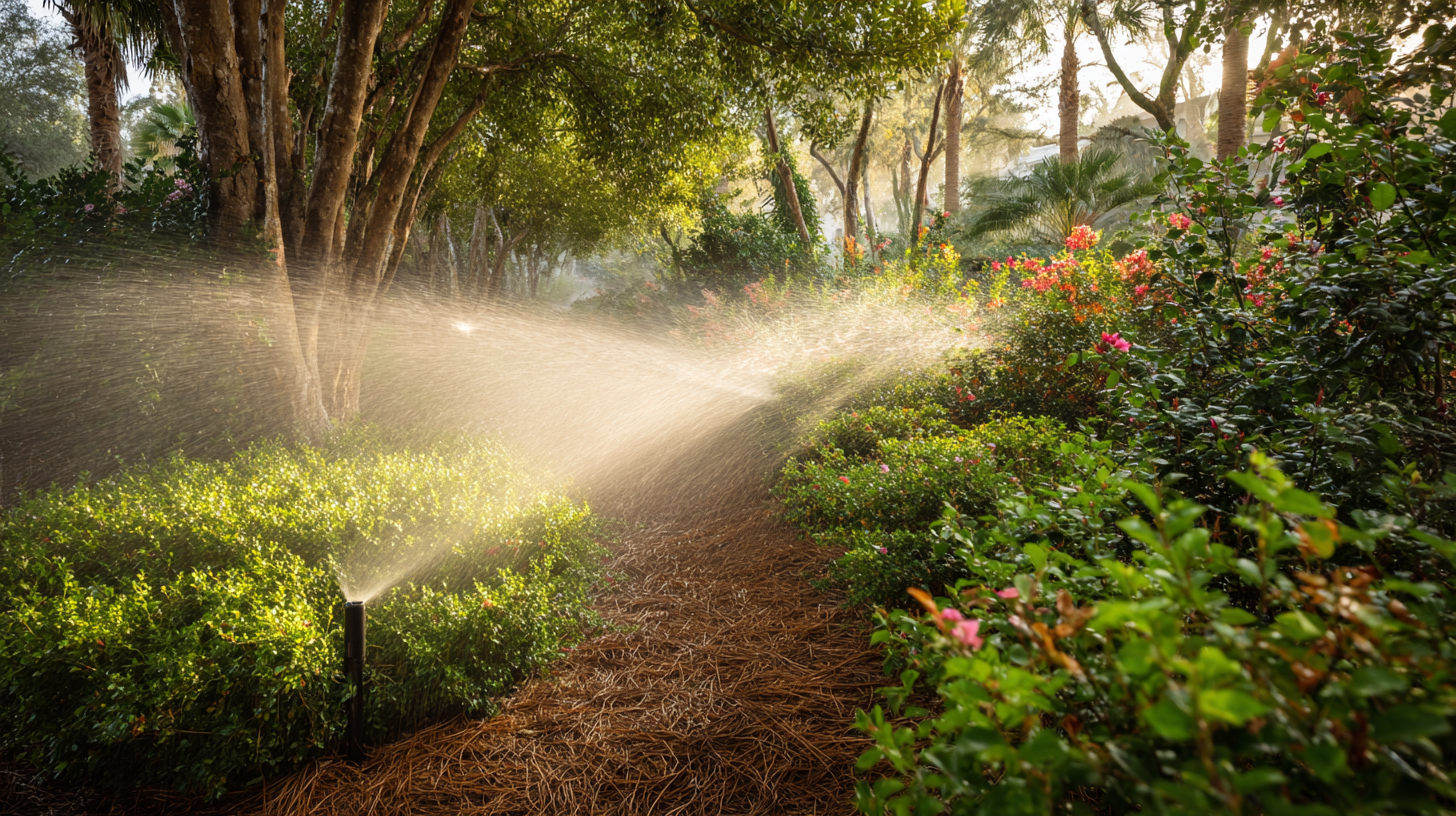
Furthermore, consider the distance between your mist sprinklers and the plant beds. A perimeter installation can create a protective barrier around high-value plants, especially against heat stress in drier months. Experts recommend spacing mist nozzles about 8 to 10 feet apart for optimal coverage. Additionally, incorporating smart technology with your mist system can enhance efficiency. Studies indicate that using advanced sprinkler controllers can reduce water usage by up to 30%, making it not only beneficial for your garden but also environmentally responsible.
Prioritizing these installation tips will lead to a thriving, lush garden while minimizing waste and maximizing your irrigation efforts.
Maintenance Practices to Ensure Optimal Performance of Mist Sprinklers
Mist sprinklers can be an excellent addition to your garden, especially for plants that require high humidity. However, to ensure they function optimally, regular maintenance is essential. According to a report from the Irrigation Association, maintaining your sprinkler system can improve water efficiency by up to 30%, significantly benefiting both plant health and water conservation efforts.
One critical maintenance practice is regular inspection of the nozzles and filters. Dirty nozzles can lead to uneven mist distribution, which might stress plants that thrive on consistent moisture levels. It's recommended to clean them every few weeks, particularly during the peak growing season. Additionally, monitoring the pressure of the system is vital, as mist sprinklers operate best at specific pressure levels—typically between 20 to 30 PSI. Keeping the pressure within this range can enhance mist coverage and promote better plant growth.
Furthermore, seasonal checks of the entire system can prevent water wastage and ensure longevity. A 2022 study by the Garden Writers Association revealed that gardens using well-maintained mist systems showed a 45% increase in growth rates compared to those with neglected systems. By implementing these maintenance practices, gardeners can enjoy thriving vegetation and an efficient watering solution.
Water Usage of Different Mist Sprinkler Systems
Related Posts
-
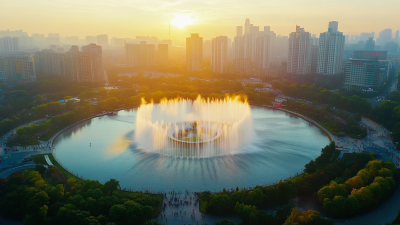
Explore Cutting Edge Water Sprinkler Systems at the 138th Canton Fair for Global Procurement Opportunities
-
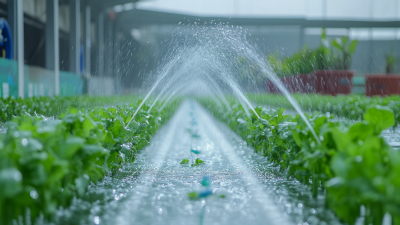
Discover Cutting Edge Sprinkler Systems at the 137th Canton Fair 2025 for Global Buyers
-
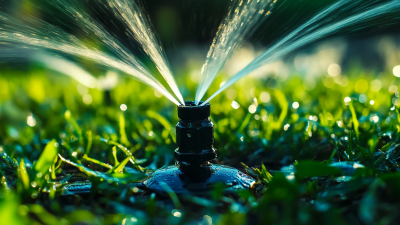
Ultimate Checklist for Selecting the Best Dry Sprinkler System for Your Needs
-
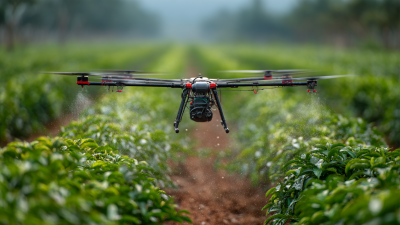
How to Optimize Your Mist Sprinkler System for Maximum Efficiency and Coverage
-

Innovative Solutions for Best Fire Systems Trends and Insights for Global Buyers in 2025
-

How to Choose the Best Fire Mist System for Your Industrial Needs
